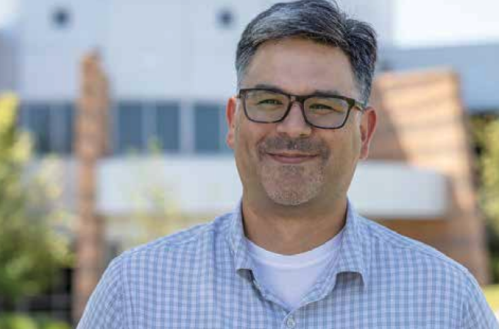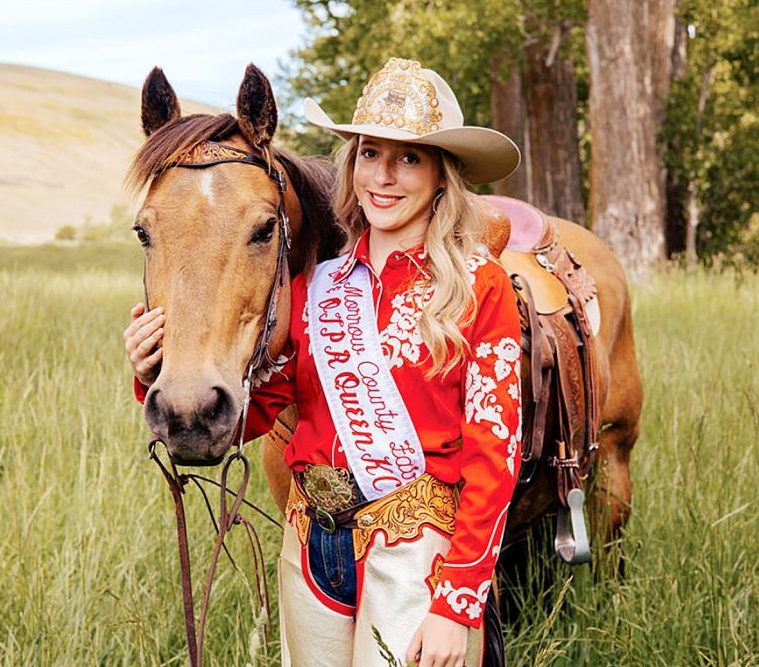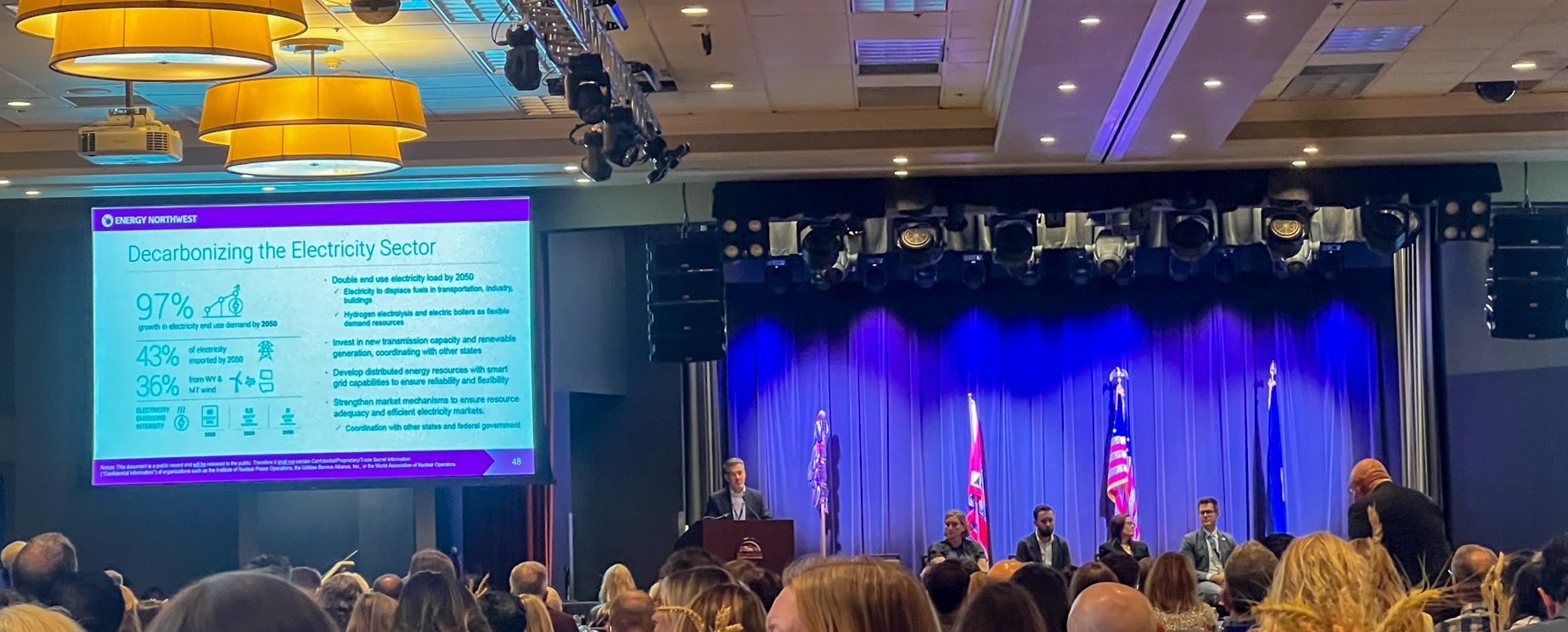Court taking steps to incorporate ‘tribal wellness court’
Published 8:58 am Tuesday, May 21, 2024

- Tribal Court Director and Associate Judge Matt Johnson said a plan to file an application for grant funding that would be used to plan and implement a wellness court is a way for the courts to “help people as opposed to punishing them.”
MISSION — Community members facing charges involving drugs or alcohol could soon be offered a chance to resolve their cases and avoid incarceration or other consequences of the criminal justice system by successfully completing a program that is focused less on punishment and more on healing and support.
The Confederated Tribes of the Umatilla Indian Reservation’s Tribal Court is preparing to file an application for grant funding that would be used to plan and implement a wellness court, which would hopefully reduce relapses through an intensive program that would provide a level of resources and support — including cultural programming — that isn’t typically offered to people facing charges in a mainstream criminal or tribal court.
Trending
“We’re trying to help people as opposed to punishing them,” said Tribal Court Director and Associate Judge Matt Johnson.
The courts, which are also called tribal healing to wellness courts, would target people facing drug and alcohol-related offenses, or cases where substances are a factor. Johnson said those cases make up a significant portion of the tribal court’s caseload.
Successful participants would avoid jail, prison or other consequences related to criminal charges or a conviction while also working to address factors that led to the situation with the help of a team of people supporting them at every step.
The desired outcome, Johnson said, is for participants who have completed the program to remain clean or sober, have stable housing and be spending time with children or family, or at least be on the path to achieving that.
The Board of Trustees has discussed potential outside funding options, and after being briefed on the purpose of a wellness court, most board members voiced their support for the concept. It was also recently endorsed by the CTUIR Law and Order Committee. The CTUIR Health Commission has yet to review the idea.
Johnson said the court was hoping to submit an application for a Department of Justice grant in early May and was considering other grant funding options.
Trending
He added it’s unclear when the tribe would find out if it was successful or when the money would arrive to allow the tribe to finish the planning process and begin implementation. Regardless, he said it’ll likely be at least a year before a wellness court is operational.
As of 2020, 105 tribes – including two in Oregon – had established a healing and wellness court, according to a 2022 National Drug Court Resource Center report. Overall, about 400 tribes have a tribal justice system.
Tribal healing to wellness courts allow tribes to incorporate practices to help address historical trauma that has led to Indigenous peoples’ overrepresentation in criminal justice statistics and the high rates of drugs and alcohol use that are a factor in Native Americans’ criminal court cases, according to the 2022 report.
Unlike drug or treatment courts that are common today, the tribal healing to wellness court concept also emphasizes participation in cultural activities with each program aligning its methods and values to cultural and traditional practices or concepts of justice and healing, the report said. The use of incentives and providing wraparound services is also an important element.
While a lack of data and research has made it difficult to assess the approach’s effectiveness, the National Drug Court Resource Center report said the limited outcome data that is available suggests the courts reduce participant recidivism and lead to reduced costs for tribal justice systems.
Plans for a CTUIR wellness court began after a recent Bureau of Indian Affairs assessment, requested by the tribe in 2022, suggested the addition. Johnson said the recent expansion of the court’s capacity with new judges has also allowed it to consider adding the new program.
Since the BIA report, tribal court officials have been visiting tribal wellness courts like the Tulalip Tribes’ and working with other CTUIR programs or entities, like Yellowhawk Tribal Health Center, that would be involved in providing support or resources, Johnson said.
A wellness court would likely mean an increased need for treatment beds and more demand for tribal health, behavioral and social services, though a more detailed estimate has yet to be determined, Johnson said.
Other details, like who would be eligible to participate and what offenses would qualify, would also be identified during the implementation planning process that the grant funding would pay for.
The Tribal Court would also like to someday add a juvenile wellness court, but Johnson said that addition is not part of current plans.
The wellness court would likely be an intensive 18-to-24-month program with several steps to complete to avoid charges for alleged crimes involving drugs and alcohol or have those charges dismissed.
Requirements would likely include completing a drug or alcohol treatment program, passing regular tests for drugs and alcohol, and attending meetings with counselors and service providers, among others. Wraparound services, like transportation to meetings and appointments or housing assistance, could also be part of the program.
An important emphasis of the wellness court, Johnson said, is participation in cultural activities, which could include participation in language classes or other traditional practices.
The level of support provided in wellness courts also differs from traditional drug or treatment courts, he said. In those cases, participants are largely left to complete court-ordered requirements without any additional support or guidance, increasing their chances of failure, Johnson added.
Although the wellness court program would be an intensive process for participants, a support team of probation officers, social service providers and counselors would be there to ensure participants are successful.
“Wellness court is meant to be easy to get into, hard to get out of,” CTUIR Tribal Court Community Service Coordinator Donyale Jackson told BOT members during an April 24 work session. “We want them to get into it and we want them to succeed.”









